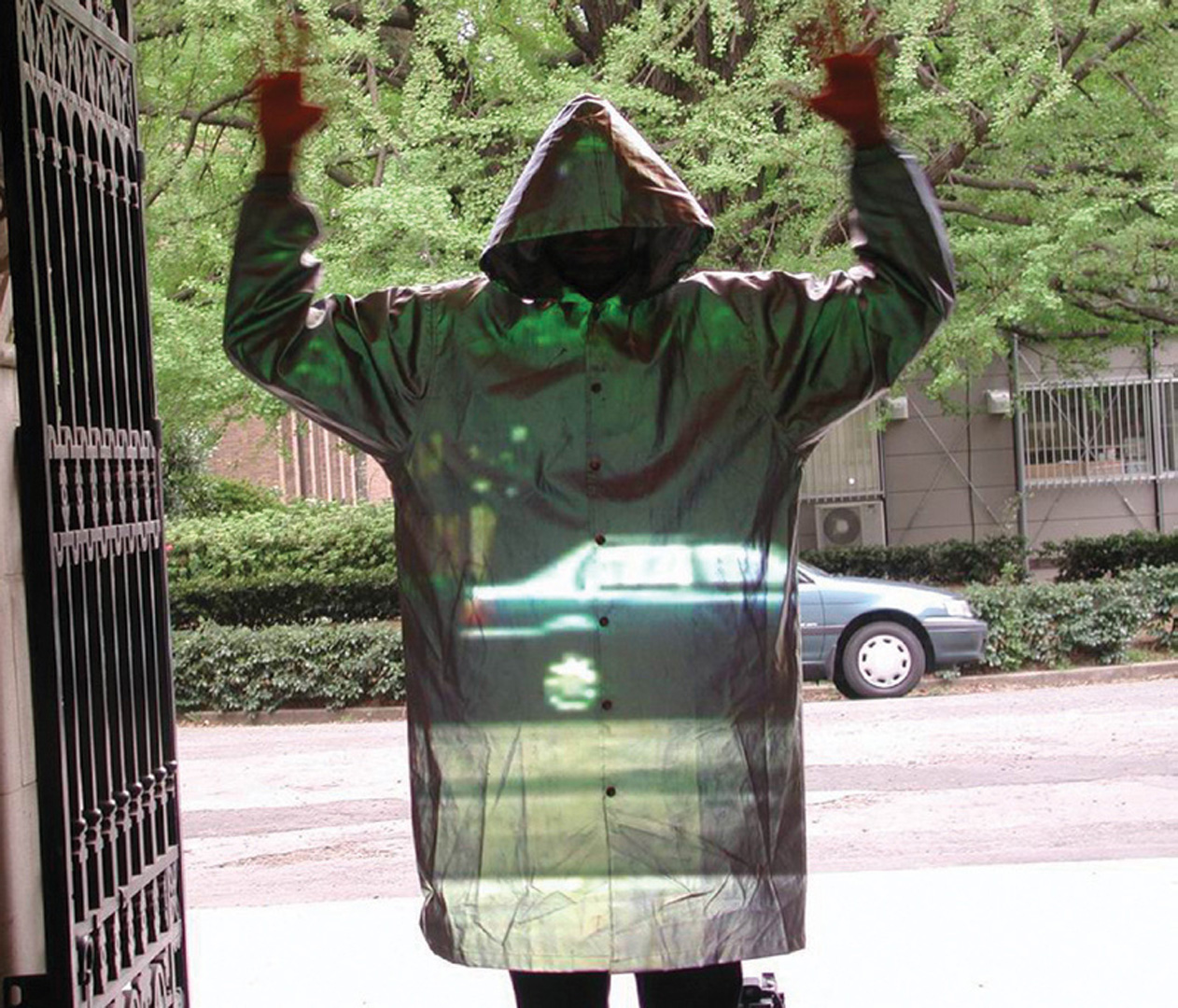“Re-Visioning the Interface: Technological Fashion as Critical Media” by Ryan
Conference:
Type(s):
Title:
- Re-Visioning the Interface: Technological Fashion as Critical Media
Presenter(s)/Author(s):
Abstract:
This paper elucidates two positions (the positivist and the critical) that inform the creative design of technological fashion. On the one side is the instrumentalist trend toward the minimized or disappear-ing interface. On the other, some theorists and artists suggest that increased invisibility presents social and ethical concerns (such as invasiveness and control) when networking and communication devices are involved.
The positivist side has roots in modernist design. Positivist designers create responsive and control-lable fabrics using shape-changing polymers, e-textiles, and nano-scale electronics to resolve clumsy and prohibitive problems of hardware vs. body. The critical side draws upon archetypal ideas about technology and the body that are familiar from literature and science fiction, and includes writers and media artists who emphasize the intractable or mechanic nature of technological clothing to enhance, rather than erase, the body. The paper concludes that both positions must be considered as the field of technological fashion moves forward.
References:
1. William Gibson, Neuromancer (New York: Ace Books, 2000) 66-67, original publication 1984.
2. http://www.design.philips.com/probes/projects/dresses/index.page,and http://news.softpedia.com/news/Flammable-Ego-Philips-lights-Up-Your-Inner-Self-74355.shtml.
3. http://www.primidi.com/2008/10/15.html.
4. http://www.news.cornell.edu/stories/May07/nanofibers.fashion.aj.html.
5. Smart Second Skin Dress: http://www.smartsecondskin.com/main/scentsorydesign.htm.
6. Gilles Lipovetsky, The Empire of Fashion: Dressing Modern Democracy, trans. Catherine Porter (Princeton, New Jersey: Princeton University Press, 1994) 264.
7. Bernadette Wegenstein, Getting Under the Skin: The Body and Media Theory (Cambridge, Massachusetts: MIT Press, 2006) 12-13.
8. Lipovetsky, The Empire of Fashion, 131.
9. Berzowska, “Electronic Textiles: Wearable Computers, Reactive Fashion, and Soft Computation,” Textile, Vol. 3, No. 1, 16 (2005).
10. Susan Elizabeth Ryan, “A Virtual Interview With Geert Lovink,” Intelligent Agent, Vol. 8, No. 1 (2008).
11. Gilles Deleuze, “Postscript on Societies of Control” (October 1988), reprinted in The Cybercities Reader, ed. Stephen Graham (London: Routledge, 2004) 73-77.
12. Peter Galloway, The Exploit (Minneapolis, Minnesota: University of Minnesota Press, 2007) 78.
13. Andraž Petrovčič, “Reconfiguring Socialities: The Personal Networks of ICT Users and Social Cohesion,” tripleC, Vol. 6, No. 2, 163 (2008).





